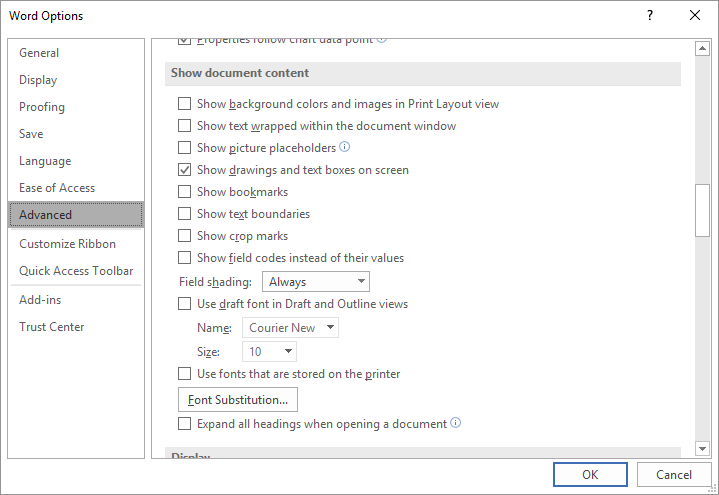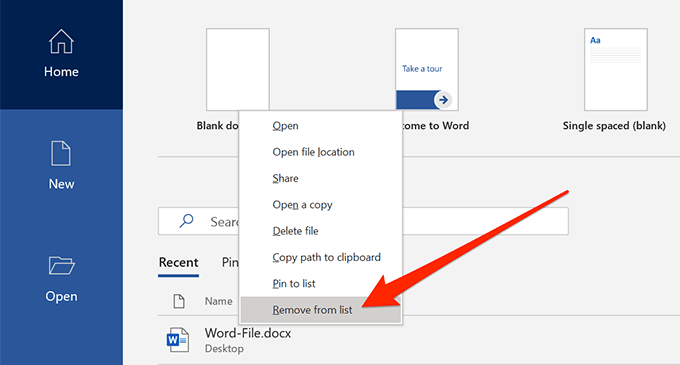
This can be quite different from the way a user finds documents on the Web. Every Gopher document has a defined format and type, and the typical user navigates through a single server-defined menu system to get to a particular document.
REMOVE ALL HYPERLINKS IN WORD FOR MAC SOFTWARE
In September 2000, the University of Minnesota re-licensed its Gopher software under the GNU General Public License. Gopher expansion stagnated, to the advantage of the World Wide Web, to which CERN disclaimed ownership. Users became concerned that fees might also be charged for independent implementations. In February 1993, the University of Minnesota announced that it would charge licensing fees for the use of its implementation of the Gopher server.Several factors contributed to Gopher's stagnation: By the late 1990s, Gopher had ceased expanding.

The World Wide Web was in its infancy in 1991, and Gopher services quickly became established. The University of Minnesota mascot is the gopher, a gofer is an assistant who "goes for" things, and a gopher burrows through the ground to reach a desired location. The name was coined by Anklesaria as a play on several meanings of the word "gopher". The general interest in campus-wide information systems (CWISs) in higher education at the time, and the ease of setup of Gopher servers to create an instant CWIS with links to other sites' online directories and resources were the factors contributing to Gopher's rapid adoption. Gopher combines document hierarchies with collections of services, including WAIS, the Archie and Veronica search engines, and gateways to other information systems such as File Transfer Protocol (FTP) and Usenet. Extending the file system metaphor, such as searches.


It offers some features not natively supported by the Web and imposes a much stronger hierarchy on the documents it stores. The protocol was invented by a team led by Mark P. The Gopher ecosystem is often regarded as the effective predecessor of the World Wide Web. The design of the Gopher protocol and user interface is menu-driven, and presented an alternative to the World Wide Web in its early stages, but ultimately fell into disfavor, yielding to HTTP. The Gopher protocol / ˈ ɡ oʊ f ər/ is a communication protocol designed for distributing, searching, and retrieving documents in Internet Protocol networks.


 0 kommentar(er)
0 kommentar(er)
